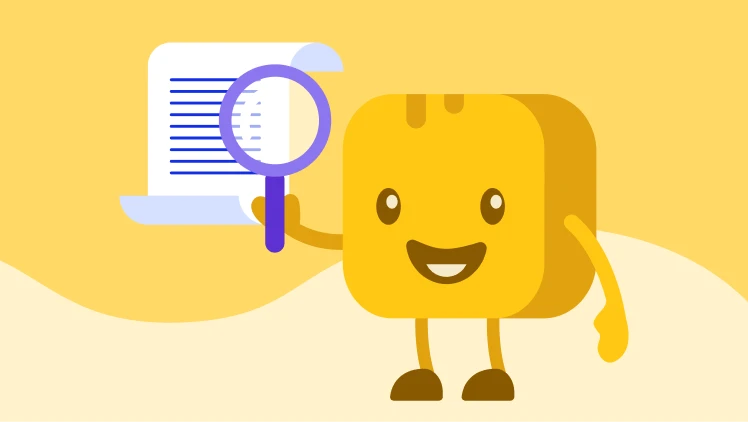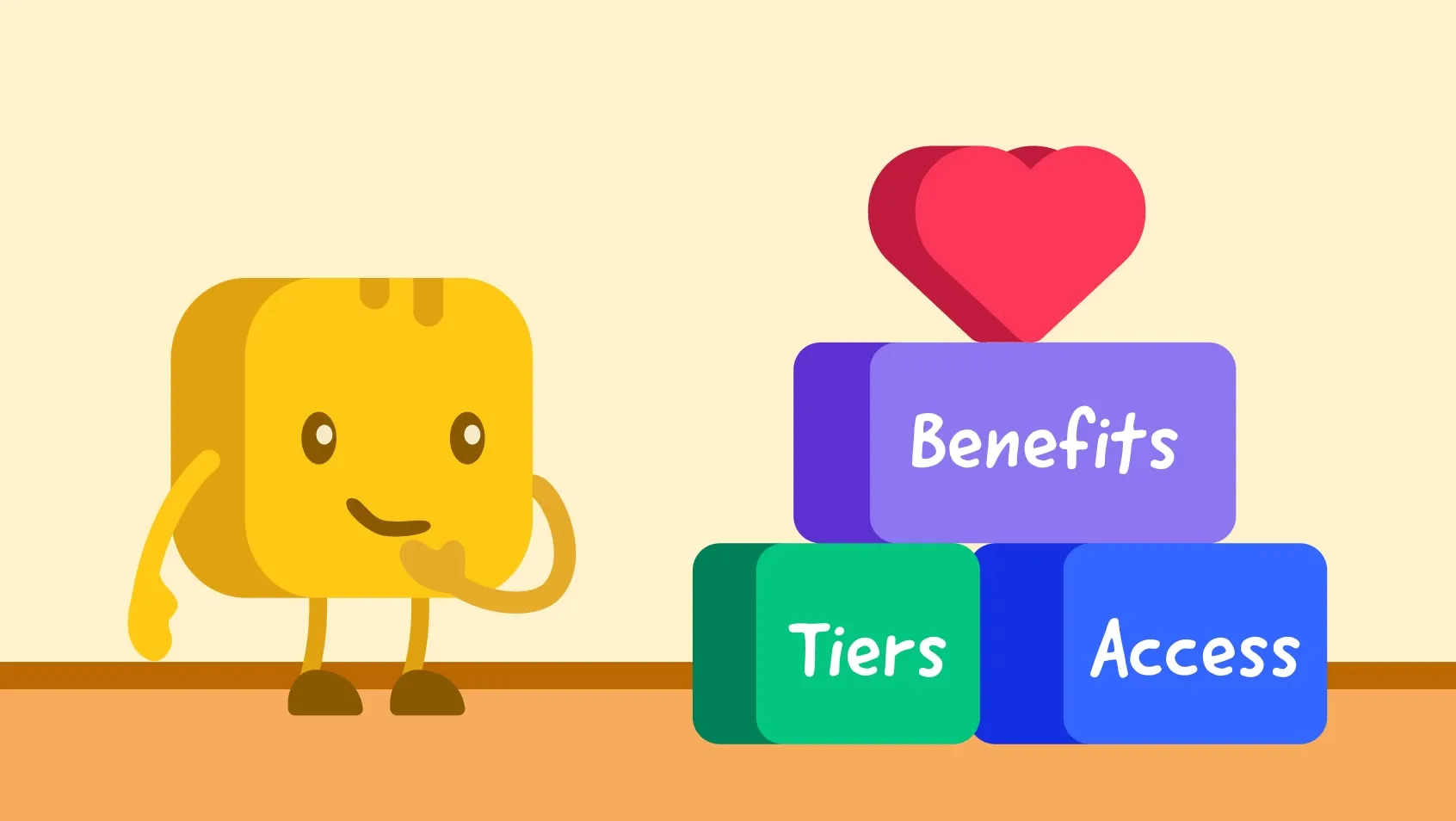Table of contents
Table of contents
Planned gifts are some of the largest nonprofit contributions donors ever make. In fact, in 2022 alone, planned giving totaled an estimated $45.6 billion. 🤯
But many nonprofits hold off on planned giving programs—and miss out on an important opportunity—because of the sensitive subject matter and confusing terminology.
We’re here to help. Below, we’ll break down the common types of planned gifts, the benefits of planned giving, and exactly how you can get started.
What is planned giving?
While many myths about planned giving persist in the nonprofit sector, the straightforward planned giving definition is this: the act of a donor arranging a charitable gift that’s given to your nonprofit organization at a future date, typically included in a will and granted after the donor’s death.
In essence, nonprofit planned giving is a win-win approach to philanthropy that lets your donors leave a legacy and helps secure your nonprofit’s future at the same time.
While money is the most common form of planned giving, there are many kinds of planned gifts that donors can take advantage of during their lifetime like:
- A piece of real estate
- Artwork to display or sell
- Stock in a company
- Money from your donor’s 401(k) retirement fund
What are the different types of planned giving?
Planned gifts come in many shapes and sizes. Mainly, though, they fall into three categories:
- Deferred planned gifts: A donor names your nonprofit in their will or as the beneficiary. Your organization receives the funds only after the donor has passed away.
- Planned gifts that pay donors back: These gifts create a lifelong relationship between your nonprofit and your donor (and their heirs). You’ll use these funds to further your mission and set aside a portion to pay back the donor(s).
- Planned gifts that let donors use their assets: Your donors don’t always have to completely give up their assets to contribute to your nonprofit. Instead, they can make this type of donation.
Planned giving examples
Now, let’s break down those categories a bit further with some examples of planned giving programs to visualize the possibilities for your donors.
1. Bequests 🎁
A bequest—one of the best planned giving campaign ideas—is a gift that’s left to a person or organization through a will. Charitable bequests are often in the form of:
- Cash
- A percentage of an estate (e.g., 10% of an $850K estate), or the value of the estate after everything else is paid out
- Stocks or bonds
- Donor-advised fund (DAF) grants
💰Type of planned gift: Deferred
💛 Great for: Elderly donors in the process of finalizing their wills and estate plans
2. Retirement plan gift 🌴
Donors can name your nonprofit as the beneficiary of their retirement plans—like 401(k)s, IRAs, and pensions—whether it’s a portion or the full fund. Your nonprofit receives the donation, and donors avoid income and estate taxes on that amount.
💰Type of planned gift: Deferred
💛 Great for: Donors who don’t need the retirement income and want tax benefits
3. Life insurance gift 💙
Similarly, donors can name your nonprofit as the beneficiary of their life insurance policy and receive tax advantages on the remaining amount.
💰Type of planned gift: Deferred
💛 Great for: Donors who have a paid-up insurance policy and don’t have any personal beneficiaries that need the funds.
4. Charitable gift annuity 💰
With a charitable gift annuity, your donor transfers cash or stock to your nonprofit in exchange for fixed payments for life. After the donor passes away, you’ll use the remaining funds for your nonprofit.
💰Type of planned gift: Planned gifts that pay donors back
💛 Great for: Donors who want to give a large gift but need some income now
5. Pooled income fund 👥
A pooled income fund combines gifts from multiple donors that support your nonprofit. You’ll invest their contributions and pay dividends (a slice of the profits) to your donors for the rest of their lives. As each donor passes away, your nonprofit receives a gift in the amount of that donor’s share of the fund.
💰Type of planned gift: Planned gifts that pay donors back
💛 Great for: Donors who are passionate about investing
6. Retained life estate 🏡
With a retained life estate gift, your donor transfers the deed for a property to your nonprofit, but they have the right to use it or live near it for a period of time. They’ll also cover any property expenses or maintenance costs during their lifetime. In exchange, they receive a tax deduction for the property.
💰Type of planned gift: Planned gifts that let donors use their assets
💛 Great for: Donors who want to donate property but keep using it for a period of time
What are the benefits of planned giving?
Despite how complicated they might seem, planned gifts are beneficial for everyone—both your nonprofit and your donors.
Nonprofits can…
- Receive significant gift amounts 💰 The average size of a charitable bequest is $46.6K (and 200 times the size of an annual gift!)
- Expand their major donor pool 👥 Planned giving allows donors plenty of time to save in order to give a major gift. Plus, more than two-thirds of Americans lack an estate plan, which gives nonprofits a pretty sizable audience to target.
- Build a foundation for the future 🚀 A planned giving program forces nonprofits to focus on the future. While some organizations can get caught up in short-term goals, a planned giving program helps nonprofits consider the long-term vision.
- Encourage recurring giving 🔄 Planned giving also leads to an increase of about 75% in annual giving. Not too shabby!
Donors can...
- Leave a lasting legacy 💛 Legacy programs give donors a chance to make an impact long after they’re gone.
- Control how funds are used 💪 Planned giving donors get to spell out in their financial or estate plans exactly how they want their donation to be spent.
- Enjoy unique financial benefits 💸 Many planned gifts are tax deductible, and provide a stream of income and tax savings to donors and their estate heirs for years.
How to begin a planned giving program in 5 steps
Now sure how to start your planned giving program? Here are five key steps to start off on the right foot.
Step 1. Talk to the experts 🤓
- For nonprofits: Connect with charitable financial advisors so they can keep you updated on gift-planning options and even refer clients to you when they’re planning for the future.
- For donors: Encourage your potential donors to talk to their own professional advisors well before they plan to give.
Step 2. Determine the type of gifts you’ll accept 🎁
Weigh the benefits and costs of the planned giving strategies we discussed above and determine which options work best for you and your donors. Once you’ve decided,
- Draft a policy: Create a planned giving policy that clearly explains which gift options are available, the minimum donation or value for each, and what the donor will receive in return.
- Review: Have a financial advisor or consultant take a look at your policy before you unleash it into the world.
- Establish a point of contact: Nominate a board member to field all planned gift inquiries.
💡Pro tip: Mention in your policy that your team will discuss each potential gift before it’s accepted. That way, you aren’t stuck accepting gifts or terms you aren’t comfortable with.
Step 3. Research your donor base 🧐
Planned gifts often come from older donors who have been giving long-term, but the target demographic will look different for every nonprofit. Some common planned givers to look out for are:
- Retirees or adults aged 65-84 who represent the largest group involved in planned giving, committing 38% of all bequest dollars
- Former volunteers, staff, and board members
- Past major and recurring donors
- High-wealth individuals
Save time on research and draw out more insights using your CRM and planned giving software like DonorSearch for more extensive wealth screening.
4. Nurture your donor relationships 💛
Donors are weighing what to leave behind for their families and the other meaningful organizations in their lives. If you want to be a candidate, you have to build a strong donor retention strategy.
Create multiple activities and touch points with donors by regularly…
- Sharing impact stories
- Creating donor-only content
- Sending personalized thank-you messages
- Hosting community events
The bottom line: Don’t just treat donors like ATMs. Creating opportunities for your supporters to see your work in action and feel like part of the solution, without any solicitations.
5. Promote your program 📣
Finally, use the information you gathered in step three, the research stage, to plan your program launch and multichannel marketing tactics through:
- Direct mail
- Phone calls
- Social media posts and ads
- Pamphlets and brochures
- A planned giving program page on your website with FAQs
Planned giving best practices
No matter what your giving strategy is, be sure to keep a few of these best practices in mind:
- Create a positive message 🤗 Keep your planned giving marketing encouraging, active, and focused on the benefits. You don't have to talk about death or address what could be perceived as taking money away from heirs or other charitable organizations.
- Educate and train your team 🎓 Ensure that your staff, board members, and volunteers are educated about planned giving through training sessions or virtual programs like the Planned Giving Accelerator and that they have access to your organization's planned giving guide.
- Host educational events 👋 Organize seminars, webinars, or workshops on topics related to estate planning and philanthropy to educate your community about these opportunities.
- List planned giving resources on your website 💡Create a resource hub that lists leading attorneys and accountants, plus free educational tools like the American Cancer Society’s planned giving page does.
Make planned giving smoother with Givebutter
Planned giving is a win-win: These major gifts allow organizations to keep making the world a better place, and donors get to rest easy knowing they’ve made a tremendous difference.
With Givebutter, nonprofits can streamline and organize all of their planned giving efforts. With a free CRM that offers custom filters and segments—and a full suite of marketing and engagement tools—nonprofits can reach the right people at the right time and make planned giving a whole lot simpler. Not to mention a robust pledge management tool that allows you to easily log, manage, and accept all of your pledged contributions in one place.

Pledge management made easy
Sign up for your free Givebutter today to start securing future funding for your organization.
.svg)






%20(1).png)



.svg)













